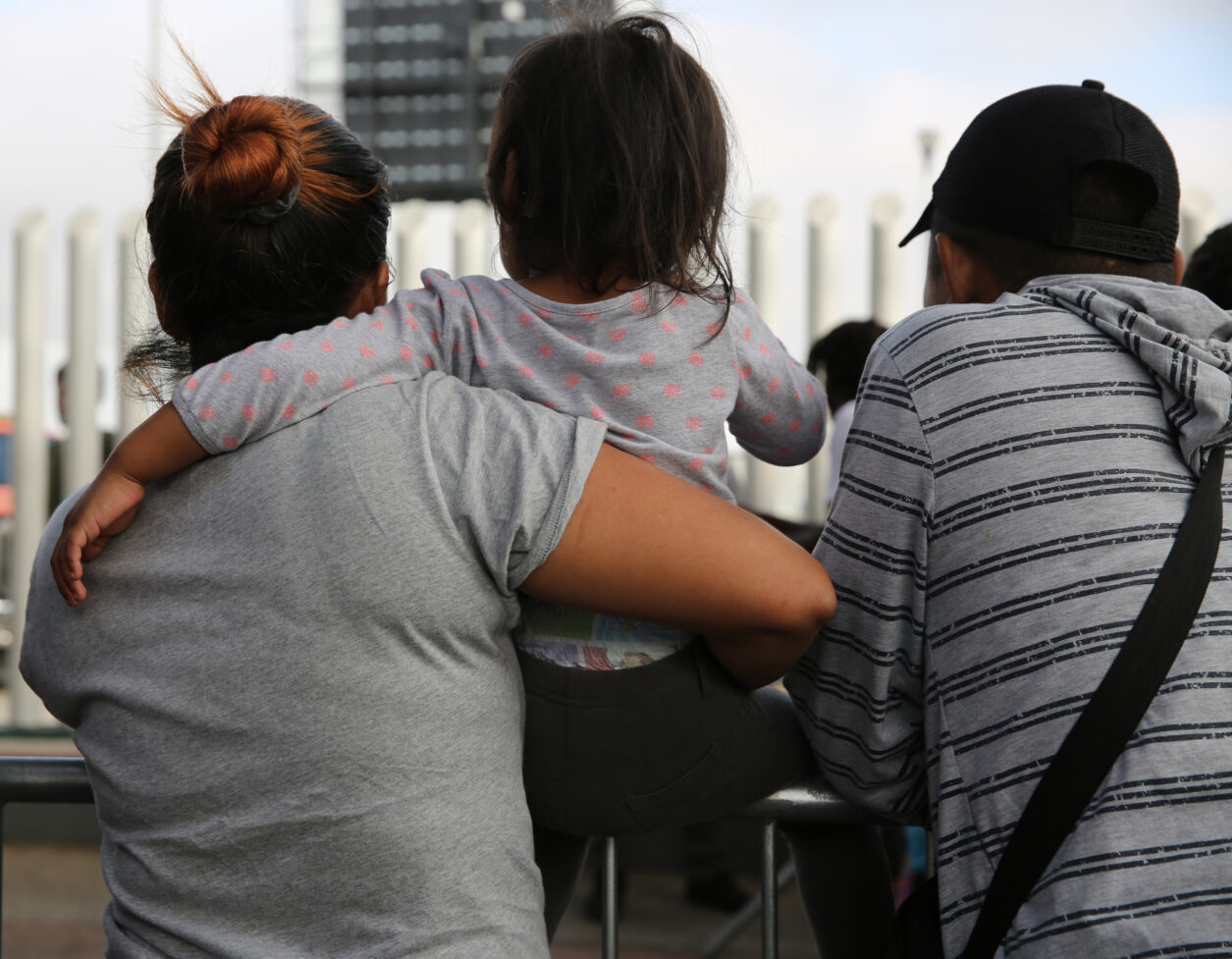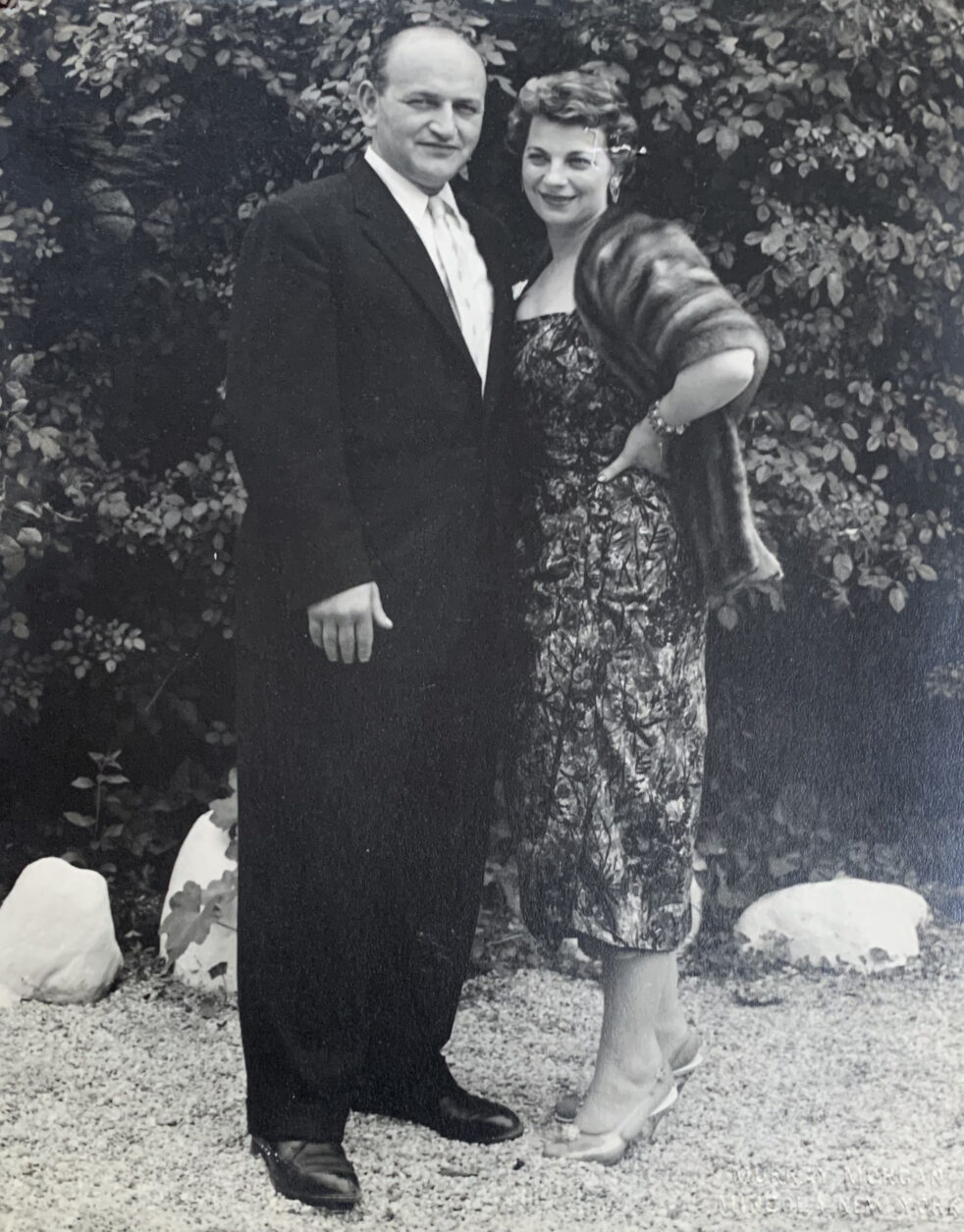On July 4, America celebrates its independence and all that goes with it, like resolve, persistence, freedom, and self-determination. What better time to think about what immigrants and refugees, and our attitude and actions toward them, mean for America.

The US has a history of both venerating and vilifying immigrants and refugees. We admire their tenacity and have compassion for their circumstances. But some of our political leaders fearmonger and create false narratives about immigrants and people seeking asylum when looking to direct blame for the uncertainty, inequality, and violence that plague us. There is a sense of unease, and a belief that immigrants arriving today are different from the people who came before, like our parents and grandparents, that they are different from us.
As a result, apart from a refugee resettlement program and an employment visa system that are largely unavailable to most people, we have no coherent process or system for welcoming newcomers. Governors renting buses to send people from the border to states governed by their political opponents to make a political point is not a process. People get on these buses with no plans and sometimes with no idea where they’re going.
The Women’s Refugee Commission studied immigrant reception practices in Denver, New York, Portland, ME, and Chicago and found volunteers and community organizations doing all they can to welcome people arriving on buses from the border. They provide for immediate needs like food, coats, and diapers and baby formula, and direct people to their families and friends or, if they have no place to go, to short-term shelters. Some are welcoming immigrants into their homes. The conversation at the national level is toxic, but it feels and sounds different at the local level.
All the cities we studied provide some emergency shelter and case management. They are also working with community organizations, which is key, because these organizations have the strongest community relationships and are mission driven to provide assistance. Community-led case management employs social workers to assess people’s needs and direct them to available services, whether it’s medical, housing, school for their kids, or employment. A network of credentialed and trusted community organizations makes this all go much more smoothly and is a win-win for the cities and the newcomers
While all these cities have shown compassion and care, there are serious challenges. Resources are stretched, public opposition is real, and there’s an overall lack of comprehensive planning. The mayor of New York City has said the influx of immigrants has overwhelmed officials and that immigrants are possibly destroying the city. Housing has been the primary flash point, although housing had become scarce and unaffordable in New York long before the buses started to arrive.
The biggest problems at the local level are lack of coordination among the states, across federal, state and local governments, and with local service providers; lack of shelter beyond the emergency phase; lack of immigration legal services; and lack of funding for all these things.
At the national level, Congress has for decades been unwilling and unable to enact immigration laws that address today’s labor, security, and economic needs, uphold our values, and reflect our role as a world leader in human rights. All the enforcement in the world won’t stop people from leaving places where they cannot be safe and have no chance at a productive future.

And we need immigrants. We need to get out of crisis and emergency mode and approach the arrival of immigrants as an ongoing phenomenon that we can manage. Because we have and we still can. Most of us at some point in our family history came here from somewhere else, some during times of extremely high levels of immigration. Immigrants and refugees are good for America. Along the way, our relatives also received help in one form or another. We should stop panicking and take a pragmatic, compassionate approach.
I come from a family of immigrants to New York City, arriving from the 1900s to the 1950s. My grandfather drove a truck, delivering produce and meat across the city. My grandmother was a real-life Joan from Mad Men, managing the secretarial pool at the Texaco oil company. Immigrants built New York City and are critical to the city and our country’s future.
This 4th of July, let’s celebrate the resilience and courage of immigrants and refugees, who like the rest of us, want to work, send their children to school, have a home, be safe, and contribute to their communities. Let’s also celebrate the compassion, resourcefulness, and humanity of the people and communities across the US who are investing in and welcoming our newest neighbors. While we wait for federal action, coordination, and support, we can act. People being human to each other, along with more coordination and funding, will make an enormous difference. With more investment—and it really is an investment—we can get new immigrants and asylum seekers oriented, housed, and working quickly, which is good for all of us.

